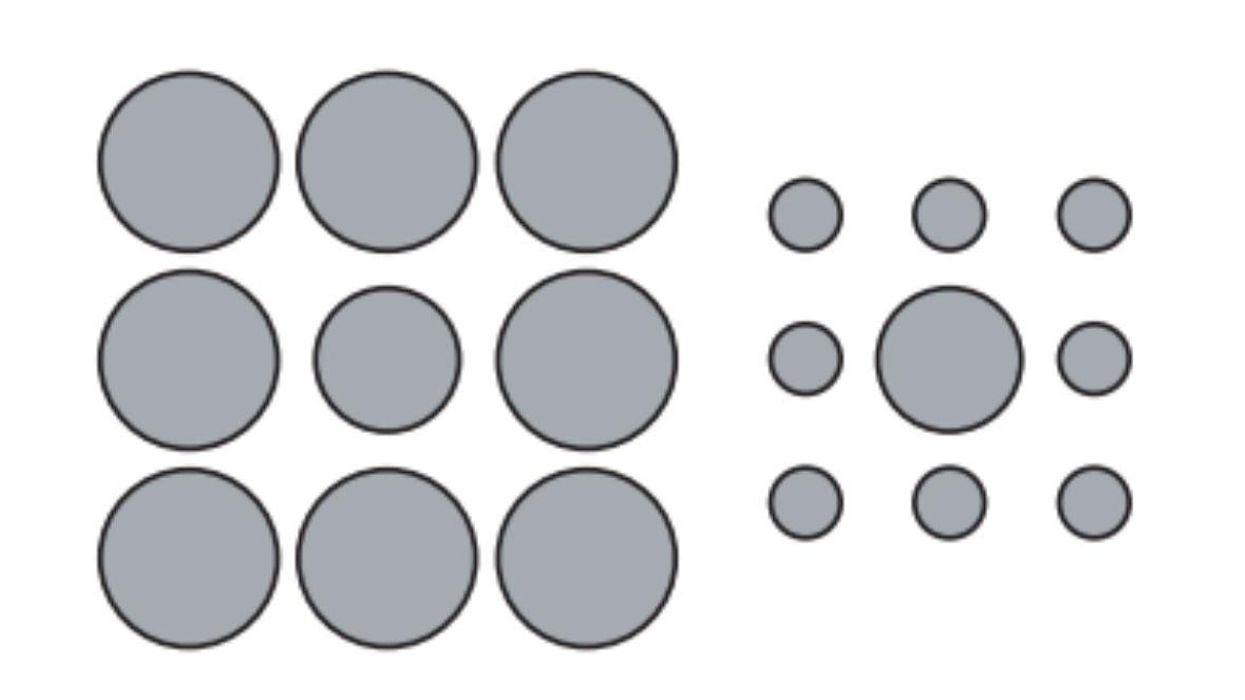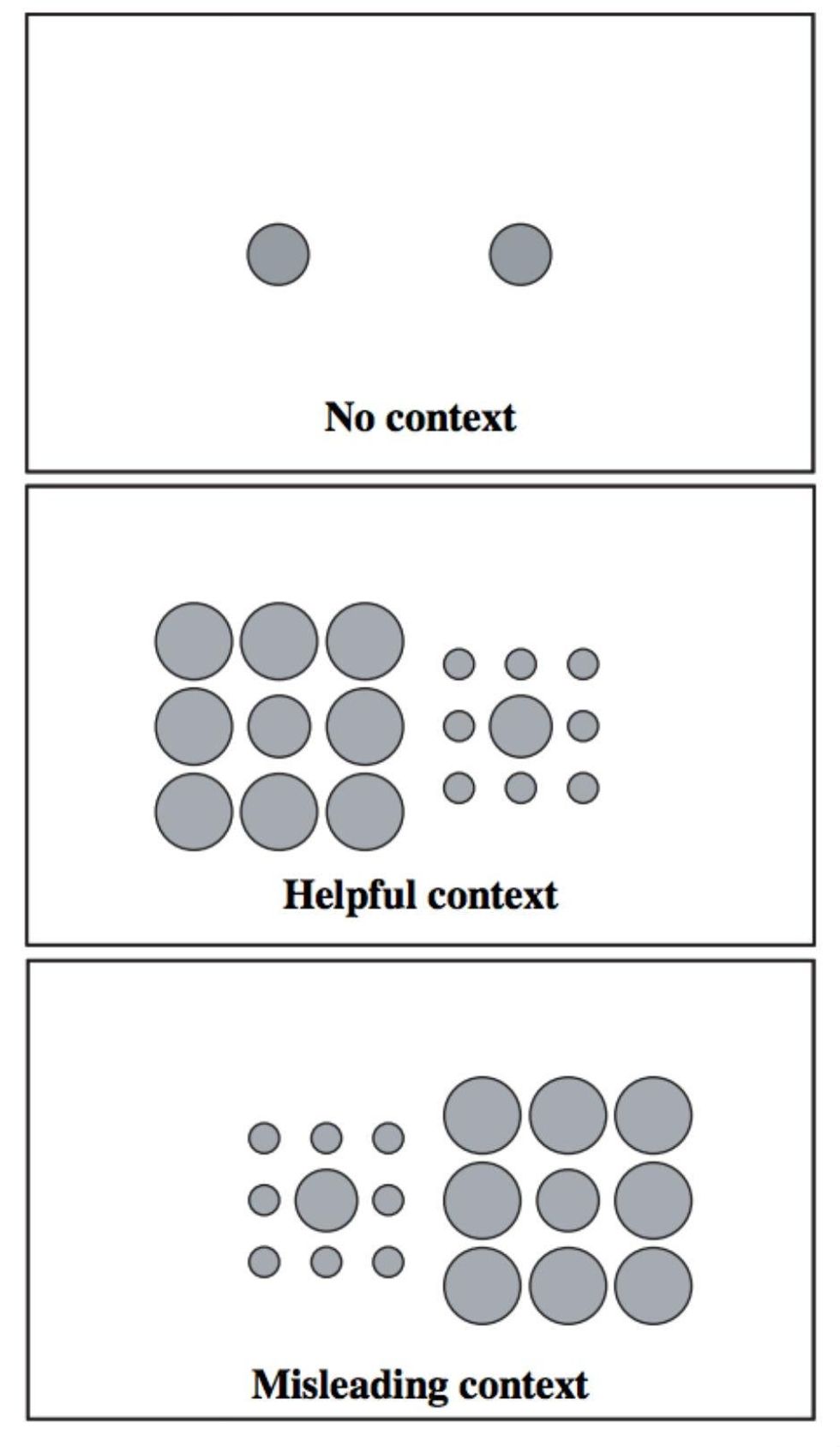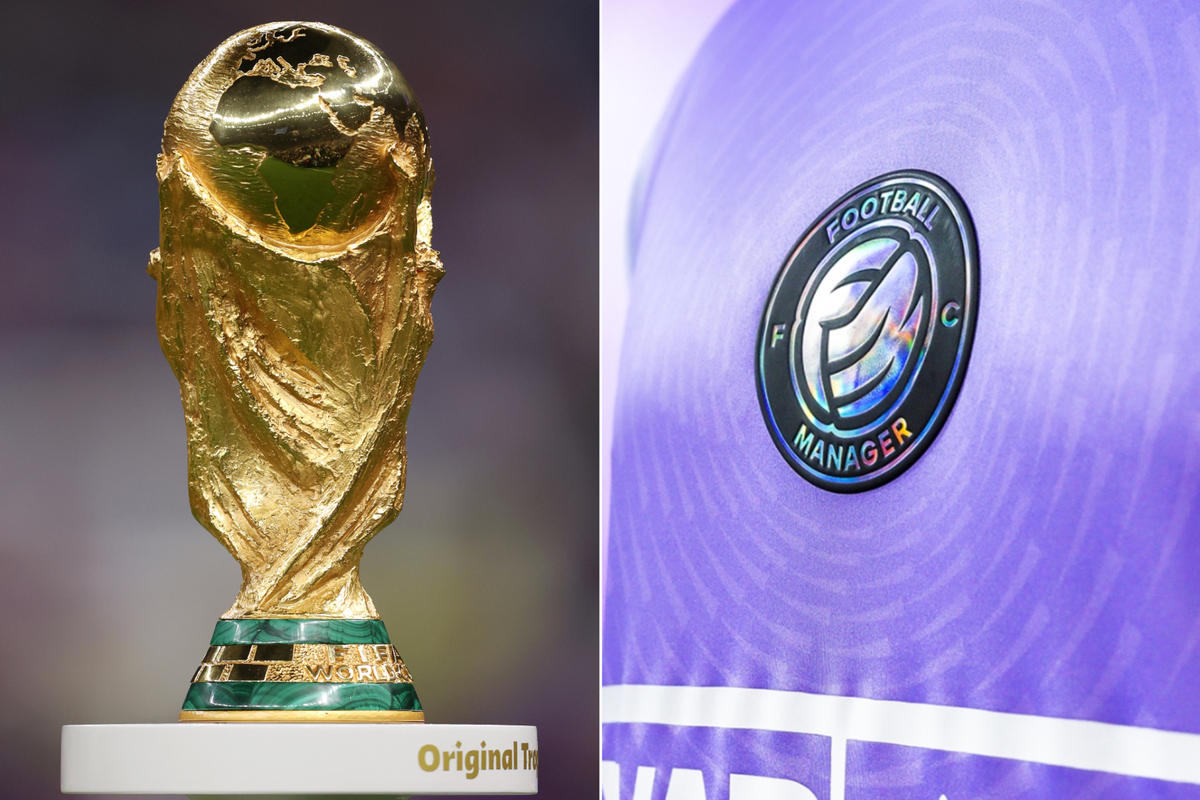Viral
Narjas Zatat
Mar 23, 2016

Optical illusions exist in order to prove that our mind, no matter how infallible we may believe it is, can be tricked into seeing something that isn't there.
A study by Martin Doherty from the Department of Psychology at the University of Stirling, shows that adults are tricked by something called the Ebbinghaus illusion - but children are not.
Designed in the mid-nineteenth century to investigate how perception and action work in the brain, the illusion seems to have little effect on a child's visual perception.
When perceiving the size of an object, adults' brains take into account the visual context, whereas this context develops slowly in children, which could explain why children can see past the illusion.
One hundred and fifty-one children between the ages of four and ten were recruited to participate in the experiment, along with 24 adults between the ages of 18 and 25.
They were shown pairs of images containing orange circles with a two to 18 per cent size difference, and were asked if they were the same size.
The results stated:
young children discriminate sizes more accurately than adults when context is misleading...
...our data shows that the differences observed here are specific to the effects of context because young children discriminated better than adults when context was misleading, but discriminated less well than adults when it was helpful
Adults were tricked by misleading context, but children under the age of seven almost always correctly identified the size of the orange circle.
More: People cannot work out how many girls there are in this photo
Top 100
The Conversation (0)














